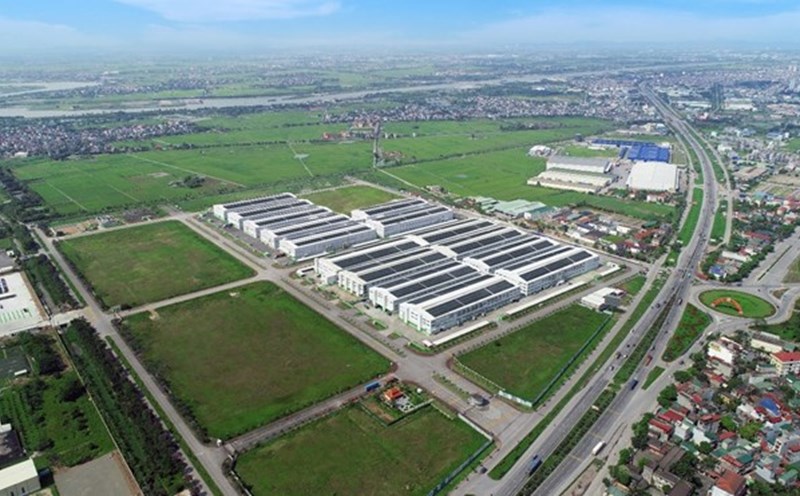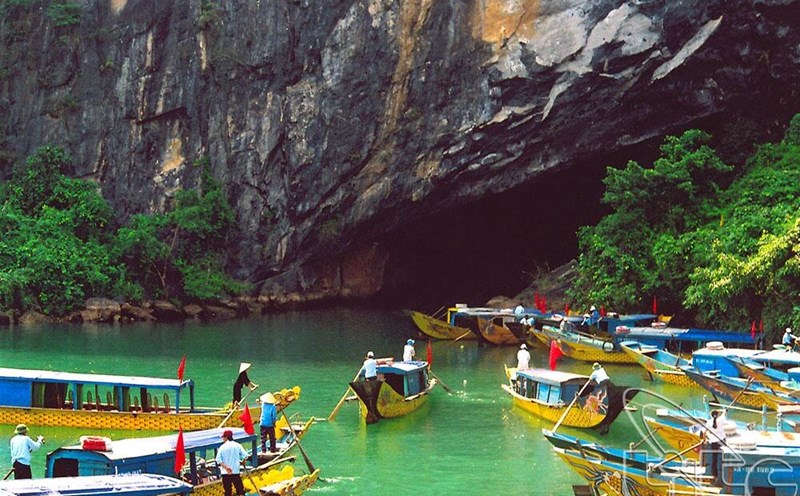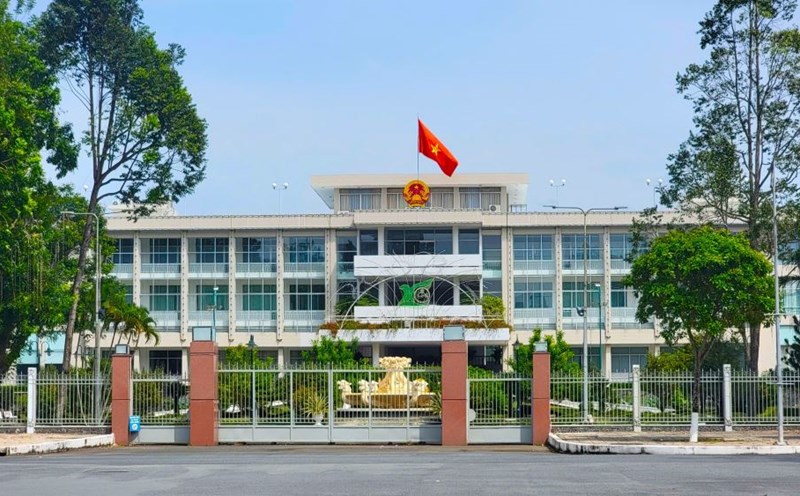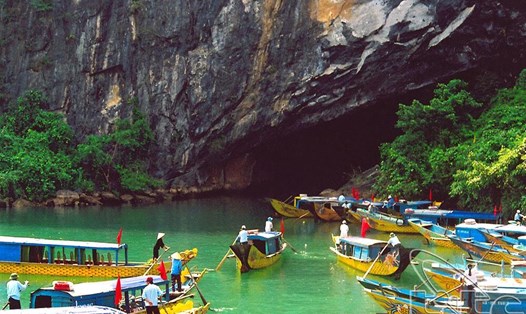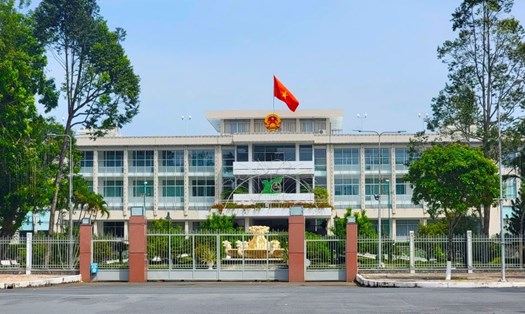On April 14, 2025, Member of the Politburo and Standing Deputy Prime Minister Nguyen Hoa Binh signed Decision No. 759/QD-TTg approving the Scheme on arrangement and reorganization of administrative units at all levels. Accordingly, the merger of Bac Lieu province and Ca Mau province into a new province called Ca Mau province.
The administrative - political center is located in Ca Mau City today, with a natural area of 7,942.4 km2 and a population of 2,140,600 people.
Historically, Bac Lieu and Ca Mau also experienced once.
The history of establishment of Bac Lieu - Ca Mau
According to the Dictionary of Bac Lieu (National Political Publishing House), in the early years of the seventeenth century, Bac Lieu was also a deserted land, sparse population, living mainly according to the estuaries of My Thanh, Ganh Hao, Bo De and Doc River. The self -governing life of the menstrual and Khmer people lasted for nearly 100 years.
In 1680, people resident in Mang Kham, Rach Gia, Long Xuyen (Ca Mau), Cay Cay, Hung Australia, needed powder, established the first villages in Bac Lieu.
By about 1832, the Nguyen Dynasty Chia Nam Ky was 6 provinces including: Bien Hoa, Gia Dinh, Dinh Tuong, Vinh Long, An Giang and Ha Tien. In particular, the land from Chau Doc to Soc Trang and Bac Lieu to Ganh Ganh Hao River is in An Giang province.
In November 1973, the Southwestern Party Committee decided to re -establish Bac Lieu province with 4 district administrative units including: Vinh Loi, Gia Rai, Hong Dan and Bac Lieu town.
As for Ca Mau, the book "Gia Dinh Thanh Thong Chi" by Trinh Hoai Duc (Nai General Publishing House) has written: "During the Gia Long period, the tall land in Ong Doc River, Ganh Hao River, Bay Hap River and a few new Liu people were able to declare, establish hamlets.
At the end of the 17th century, Mac Cuu in the process of exploring the area of Mang Mang also established the first villages in Long Xuyen (Ca Mau today). After Mac Cuu offered the entire land of the Nguyen Dynasty, Mac Thien Tu's son of Mac Cuu obeyed the Nguyen Dynasty of Lord Nguyen and established Long Xuyen Dao.
In the 7th Gia Long period (in 1808), the name of Long Xuyen Dao was changed to Long Xuyen district, in Ha Tien town. In the 6th year of Minh Mang (in 1825), the Nguyen dynasty set a district official to rule.
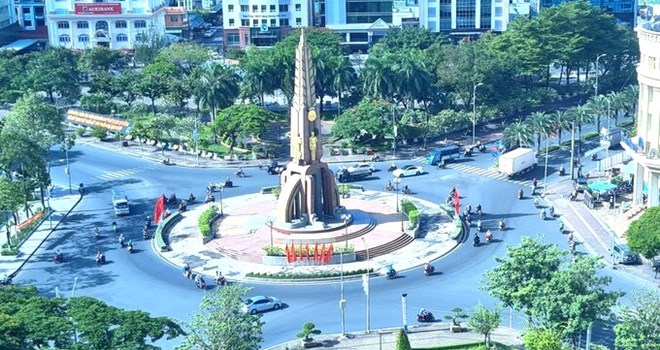
Bac Lieu - Ca Mau once merged
On December 20, 1975, the Politburo of the Communist Party of Vietnam issued Resolution No. 19/NQ to adjust the consolidation of the province in South Vietnam to close to the actual situation.
Accordingly, Ca Mau and Bac Lieu province were consolidated on January 1, 1976, with the original name of Ca Mau - Bac Lieu province.
At the request of the Provincial Party Committee, agreed by the Party Central Committee and the Government, Ca Mau - Bac Lieu province to change its name to Minh Hai province on March 10, 1976.
The meaning of Minh Hai's name is both a compound word reminiscent of two old places and means a bright sea.
After merging, Minh Hai province has 2 towns and 7 districts. Minh Hai province's capital was originally located in Bac Lieu town, and was now renamed Minh Hai town.
In November 1996, the IXth National Assembly approved the separation of Minh Hai provinces into two provinces of Bac Lieu and Ca Mau (officially operating from January 1997 until now). At this time, Bac Lieu province had a town and 3 districts. Ca Mau province consists of a town and 6 districts.
The historical document of Bac Lieu province recorded: "The union as well as the re -establishment of Bac Lieu and Ca Mau province is due to the objective requirements of history and the policy of the Party and Government nationwide".
Currently, Bac Lieu province has 7 district -level administrative units including Bac Lieu city, Gia Rai town and 5 districts. Ca Mau Province has 9 district -level administrative units including Ca Mau City and 8 districts.
In the near future, Bac Lieu and Ca Mau province will merge into a new province called Ca Mau province.


